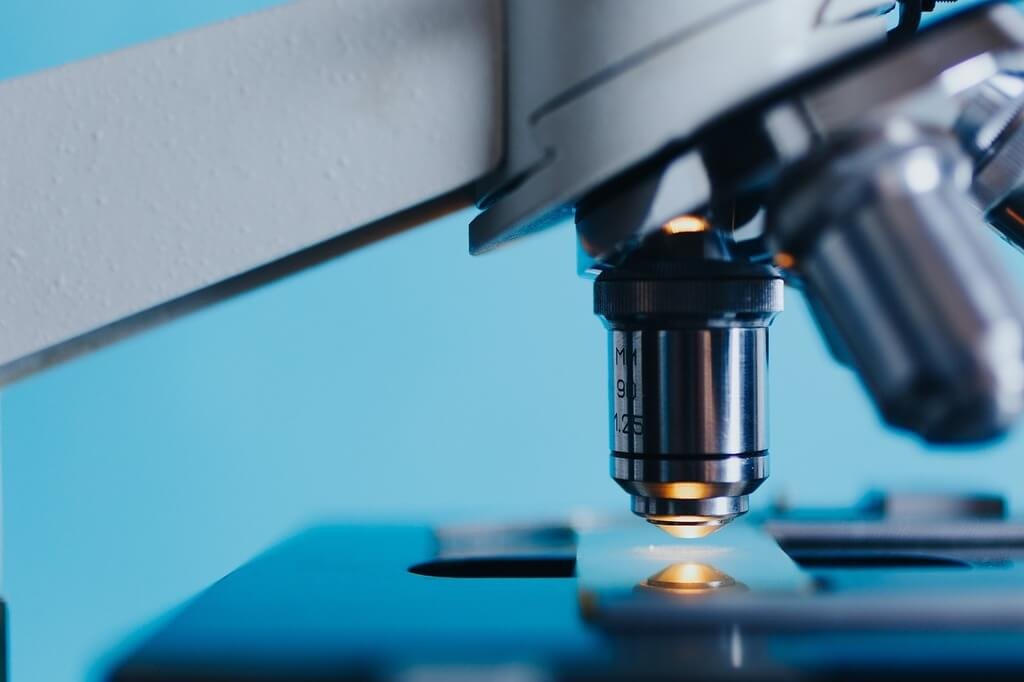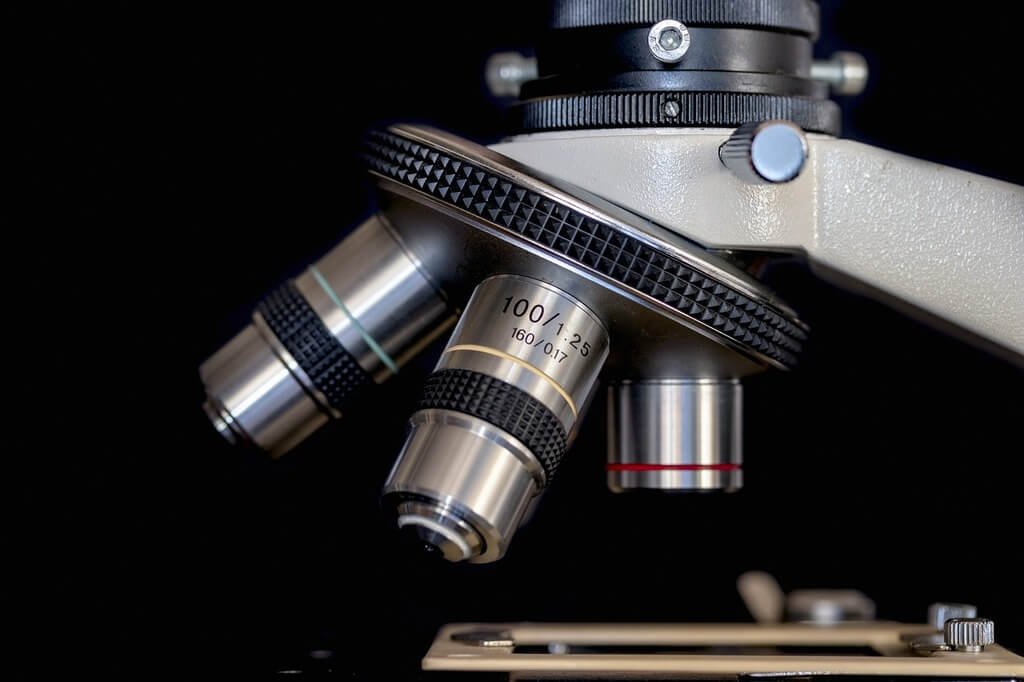In the vast landscape of scientific discovery, few tools have been as transformative as the microscope. This small yet mighty instrument has allowed humanity to peer into the microscopic realm, unraveling the mysteries of the unseen. The history of the invention of the microscope is a captivating journey that spans centuries, marked by ingenious minds and groundbreaking discoveries.

The Early Quest For The Unseen
The history of the invention of the microscope traces its roots back to the 16th century. The quest to explore the hidden world beyond the naked eye was fueled by an insatiable curiosity about the intricacies of life. Early scientists and natural philosophers were driven by a desire to understand the mysteries that lay beneath the surface of the visible.
One of the pivotal figures in this quest was Zacharias Janssen, a Dutch spectacle maker, who, alongside his father Hans, is credited with creating the first compound microscope around the late 16th century. This rudimentary device consisted of a convex and a concave lens, allowing for a magnified view of small objects. The Janssen microscope laid the foundation for what would become an indispensable tool in scientific exploration.
Anton Van Leeuwenhoek: The Pioneer Of Microscopy
The history of the invention of the microscope takes a giant leap forward with the contributions of Anton van Leeuwenhoek. In the mid-17th century, this Dutch scientist and draper achieved unprecedented magnification by perfecting the single-lens microscope. With remarkable craftsmanship, Leeuwenhoek crafted lenses with incredible precision, enabling him to observe microorganisms and blood cells for the first time in history.
Leeuwenhoek’s microscopes were not only groundbreaking in their design but also in their ability to reveal the intricate details of the microscopic world. His observations opened new doors in biology and medicine, laying the groundwork for the field of microbiology.
The Evolution Of Microscopy
As the 18th century dawned, the history of the invention of the microscope continued to evolve. Innovations in lens grinding and optical design led to the development of more sophisticated microscopes. The compound microscope, with its improved magnification and clarity, became a staple in scientific laboratories.
One notable advancement came from the hands of Carl Zeiss and Ernst Abbe in the 19th century. Their collaboration revolutionized microscopy with the introduction of achromatic lenses, significantly reducing optical aberrations. This marked a turning point in the quality and precision of microscopic observations.
The Electron Microscope: A Quantum Leap
While optical microscopes had their limitations in terms of resolution, the mid-20th century witnessed a quantum leap with the invention of the electron microscope. Ernst Ruska and Max Knoll, German physicists, pioneered this revolutionary technology, which used a beam of electrons instead of light to achieve unprecedented magnification.

The electron microscope opened up new frontiers in scientific research, allowing scientists to explore the ultrastructure of cells and delve into the nanoscale. This marked a monumental leap in the history of the invention of the microscope, transforming our understanding of the microscopic world.
The Enduring Impact
The history of the invention of the microscope is a testament to human ingenuity and the relentless pursuit of knowledge. From the humble beginnings of the Janssen microscope to the cutting-edge electron microscopes of today, each milestone has expanded our understanding of the natural world.
In contemporary times, microscopes are integral tools in various scientific disciplines, from biology and medicine to materials science and nanotechnology. The history of the invention of the microscope has paved the way for groundbreaking discoveries, shaping the course of scientific progress.
Final Thoughts
The history of the invention of the microscope is a rich tapestry woven with the threads of human curiosity, innovation, and perseverance. From the primitive lenses of the Janssen microscope to the high-powered electron microscopes of the present day, each chapter in this history has contributed to our profound understanding of the unseen world.
As we reflect on the history of the invention of the microscope, we are reminded of the profound impact that a small instrument can have on the course of scientific exploration. It serves as a beacon, guiding us to new realms of discovery and unlocking the secrets that lie beyond the limits of our vision. Indeed, the microscope stands as a testament to the indomitable human spirit in the pursuit of knowledge.
Also Read: Who Created Homework?
